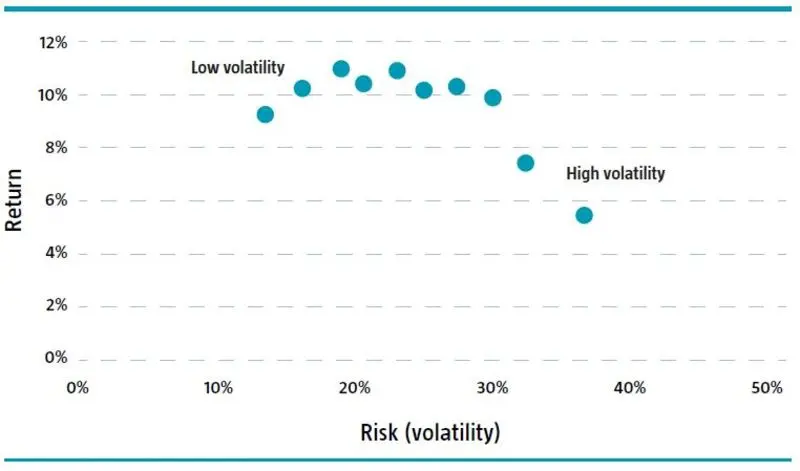Disclaimer
Confermo di essere un cliente professionale
Le informazioni e le opinioni contenute in questa sezione del Sito cui sta accedendo sono destinate esclusivamente a Clienti Professionali come definiti dal Regolamento Consob n. 16190 del 29 ottobre 2007 (articolo 26 e Allegato 3) e dalla Direttiva CE n. 2004/39 (Allegato II), e sono concepite ad uso esclusivo di tali categorie di soggetti. Ne è vietata la divulgazione, anche solo parziale.
Al fine di accedere a tale sezione riservata, si prega di confermare di essere un Cliente Professionale, declinando Robeco qualsivoglia responsabilità in caso di accesso effettuato da una persona che non sia un cliente professionale.
In ogni caso, le informazioni e le opinioni ivi contenute non costituiscono un'offerta o una sollecitazione all'investimento e non costituiscono una raccomandazione o consiglio, anche di carattere fiscale, o un'offerta, finalizzate all'investimento, e non devono in alcun caso essere interpretate come tali.
Prima di ogni investimento, per una descrizione dettagliata delle caratteristiche, dei rischi e degli oneri connessi, si raccomanda di esaminare il Prospetto, i KIIDs delle classi autorizzate per la commercializzazione in Italia, la relazione annuale o semestrale e lo Statuto, disponibili sul presente Sito o presso i collocatori.
L’investimento in prodotti finanziari è soggetto a fluttuazioni, con conseguente variazione al rialzo o al ribasso dei prezzi, ed è possibile che non si riesca a recuperare l'importo originariamente investito.
Quantitative investing
Low volatility factor
Low volatility stocks realize comparatively high risk-adjusted returns. The same is true for corporate bonds.
The notion that greater risk pays off in the long run by generating higher returns has been proven incorrect by academic research*. Further studies show that the performance of low-risk stocks does not lag that of the market as a whole. The chart below demonstrates this on the basis of data from a study.
Figure: Risk-return ratio 1931 - 2009

Source: Pim van Vliet: 'Low-volatility investing - a long-term perspective', January 2012.
Robeco's approach to investing in low-volatility equities is reflected in its 'Conservative Strategy'. Compared to an ordinary low-volatility strategy, this approach strives to achieve lower transaction costs, reduced risk and extra returns in a market upturn.
Robeco not only selects stocks on the basis of low volatility, but also looks at insolvency risk and Value- and Momentum-driven factors. For example, by taking the Value factor into account in the selection of low-volatility stocks, investors are prevented from paying too high a price.
This is how this strategy differs from that used by low-vol investors who select stocks exclusively on the basis of historically low volatility.
Invisible layers surface to deliver attractive returns
Figure: Improved risk-return ratio in Robeco's Low Volatility factor approach - Robeco Conservative Equities

Source: Pim van Vliet: 'Low-volatility investing - a long-term perspective', January 2012.
Robeco uses the low-volatility anomaly not only for stocks, but also for bonds, and calls this approach 'Robeco Conservative Credits'. According to this methodology, investments are made consistently in the bonds of companies with a low level of expected risk.
These bonds are characterized by a shorter time to maturity and a higher level of 'seniority' (the order of repayments in the event of default). The bonds are issued by companies with relatively low debt-to-equity ratios.















